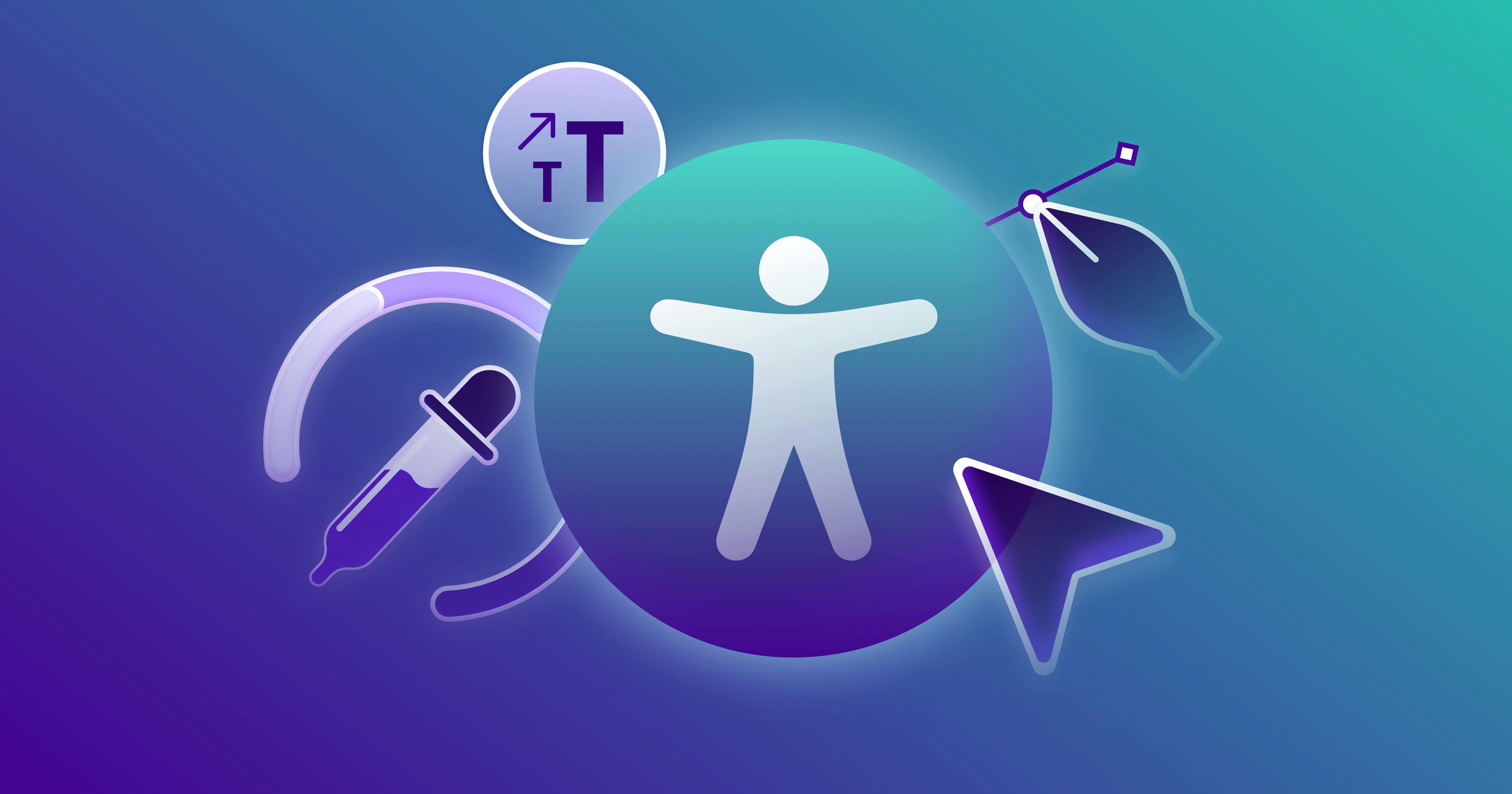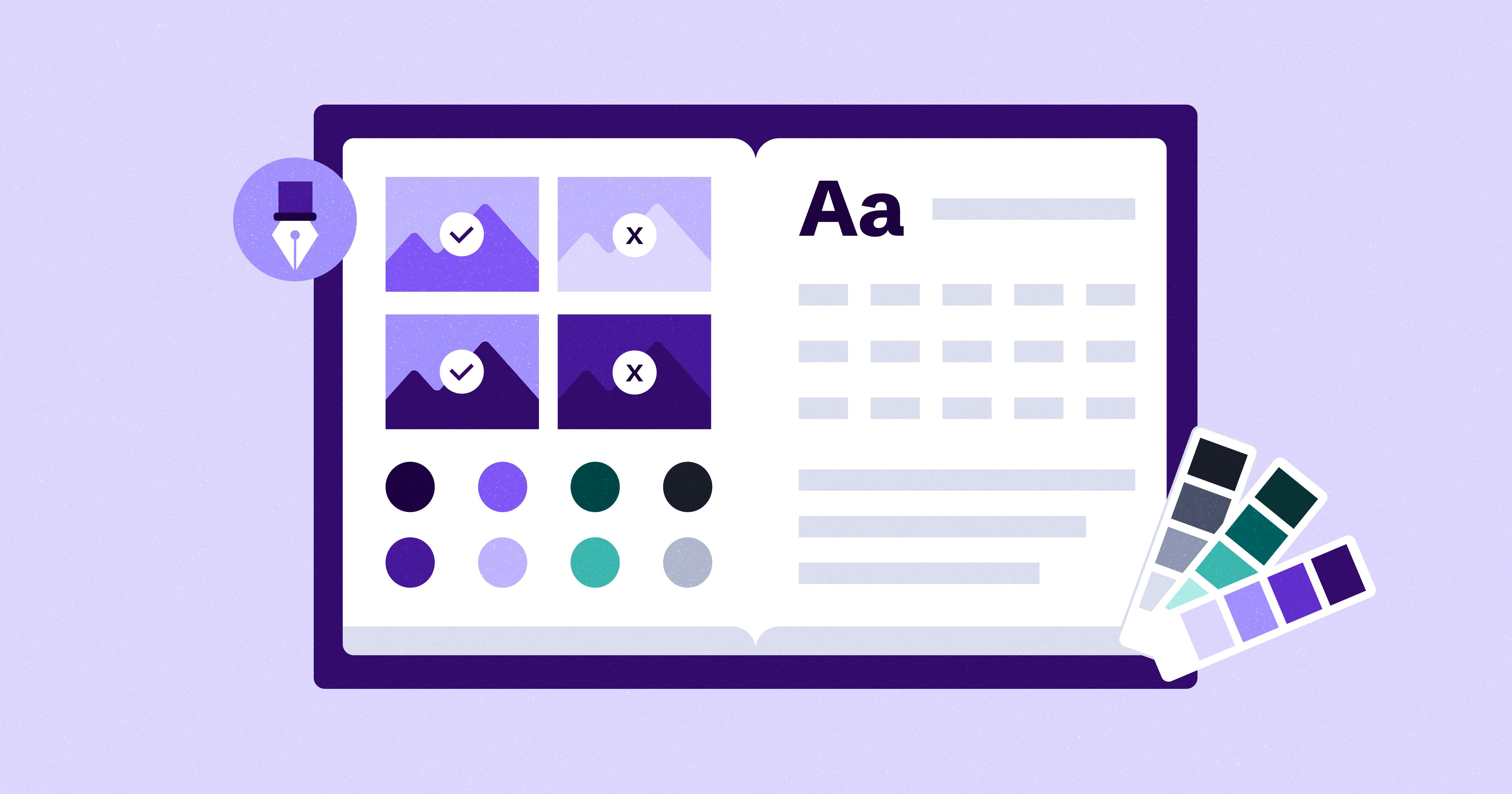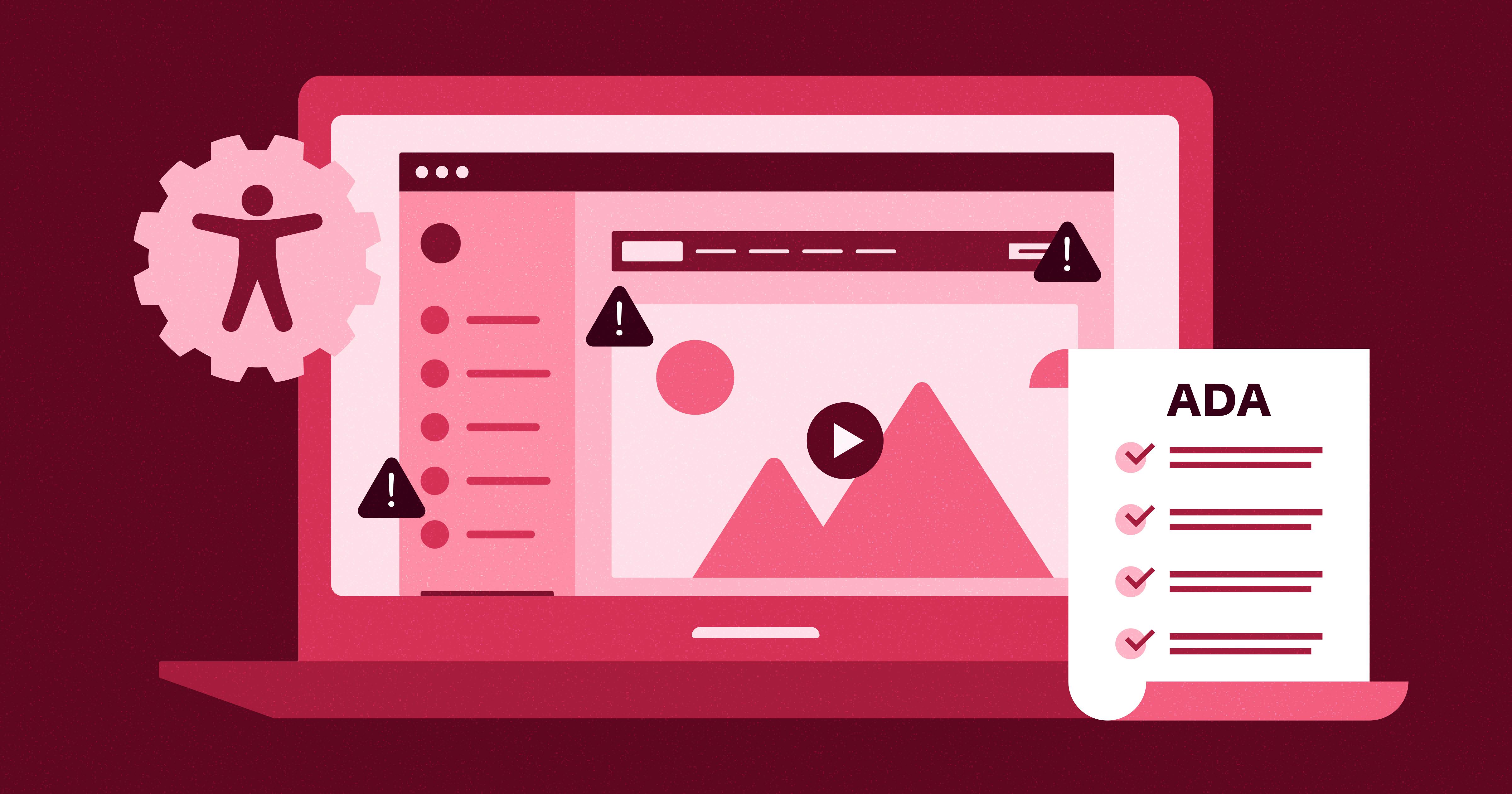Building a Business Culture of Digital Accessibility
Building a Business Culture of Digital Accessibility


Ready to see AudioEye in action?
Watch Demo
In this post, we discuss the importance of digital accessibility — and share three ways you can help build a culture of digital accessibility in your organization.
In our daily lives, signs of physical accessibility are all around us — from wheelchair ramps and handicapped parking spaces to Braille on signs.
But on the internet, it isn’t always clear if a website or digital experience is accessible — unless you know what to look for.
Unfortunately, most people don’t know the signs. And that lack of awareness can have a dampening effect on many accessibility initiatives. After all, it’s hard to fix what you don’t know is broken.
In this post, we discuss why every organization should be investing in digital accessibility and share tips for getting buy-in across your organization.
The Importance of Digital Accessibility
Globally, one in six people (that’s more than 1.3 billion people) live with some type of disability. Yet 97% of the internet is inaccessible to people with disabilities.
Every organization should be investing in digital accessibility, whether it’s to improve user experiences, protect against digital accessibility lawsuits, or create an inclusive work environment for all employees.
Following the best practices of accessible design — whether it’s providing image alternative text for people with visual impairments or using clear and simple language for people with cognitive or learning disabilities — can make a huge difference in someone’s ability to understand and engage with content.

What Are the Roadblocks to Driving Change?
Unfortunately, some organizations find it hard to implement or maintain digital accessibility initiatives. Some common roadblocks include:
- Lack of awareness: Many organizations do not understand the importance of digital accessibility — or the impact it can have on their business. Without a shared understanding of the problem, it can be hard to build support for change.
- Concerns about time and cost: Two of the biggest misconceptions about digital accessibility — how much it costs and whether it requires rebuilding websites from the ground up — can sometimes stop accessibility initiatives before they get started.
- Resistance to change: Change can be difficult for many organizations, and some people may be resistant to the idea of making changes — internal or external.
- Lack of expertise: Implementing digital accessibility can require specialized knowledge, and many organizations may not have the expertise in-house to make the necessary changes.

Three Ways To Help Build a Culture of Digital Accessibility
There are always going to be hurdles to implementing any sort of organizational change. However, here are three ways you can make a stronger argument for the importance of digital accessibility:
1. Demonstrate the ROI of Accessibility
There are plenty of reasons to invest in digital accessibility, starting with the simple fact that it’s the right thing to do. However, there are also demonstrable business benefits to accessibility. Consider this: In the United States, one in four adults lives with some type of disability. For your own business, what would it look like if 25% more customers were able to fill out a contact form, complete a purchase, or find the information they needed?
As an added bonus, there’s also a clear link between the best practices of SEO and accessible design. By structuring your page to work with screen readers and other assistive technologies, you can also make it easier for search engines to crawl your website — and as a result, appear higher in search results.
2. Make Inclusivity Part of Your Internal Culture
At AudioEye, we often talk about the importance of prioritizing accessibility for your customers and your own teams. Organizations should make a concerted effort to train employees on the importance of digital accessibility through workshops and practical guidance. For example, what should an employee do if a customer raises an accessibility issue?
Additionally, you should audit your own onboarding processes and materials to make sure that every team member has equal access to the information they need to succeed.
3. Work With External Experts
Not every organization has an in-house team of accessibility specialists, but every organization can benefit from their expertise. At AudioEye, we believe that the best version of digital accessibility is one that combines the speed of automation with human experts, whether it’s coding custom fixes or having screen reader users test websites and inform product roadmap.
To that end, our team of CPACC-certified experts work closely with members of the disability community to help ensure that the end user perspective is always reflected in our product and service offerings.
Ready to see AudioEye in action?
Watch Demo
Ready to test your website for accessibility?
Share post
Topics:
Keep Reading

7 Best Accessible Design Tools in 2025
From AI image generators to color contrast checkers, learn how AudioEye designers create accessible designs.
accessibility
December 12, 2024

Visual Accessibility Guidelines and Best Practices
Follow these visual accessibility guidelines and best practices to create a site or app that’s inclusive and meets legal accessibility standards.
accessibility
December 10, 2024

9 Best ADA Compliance Software and Services
Accessibility is important for an inclusive internet, and that’s why the ADA exists. These software and services help you achieve full legal compliance.
accessibility
compliance
December 09, 2024
